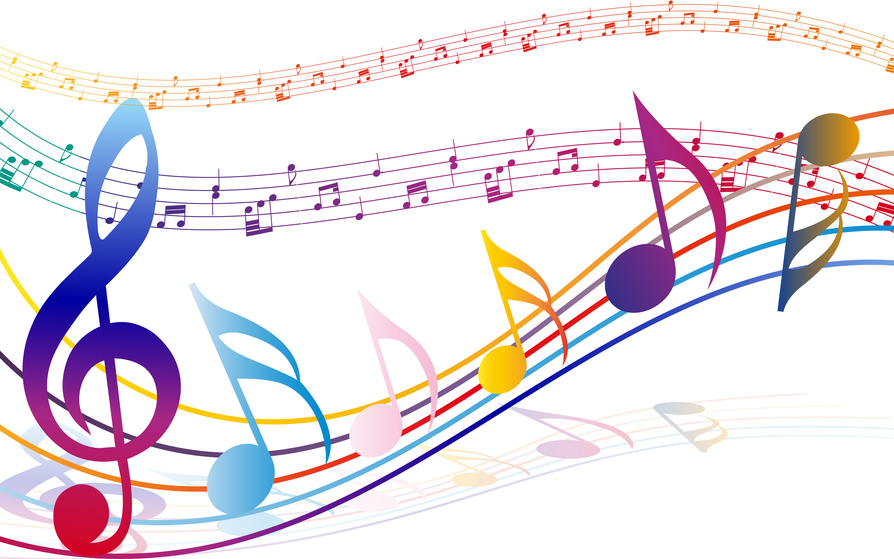 A piano student recently asked me if improvising musicians play exactly what they hear in their heads. Yes, this is the ultimate goal, and it’s very possible to do this, at least at times. However, this topic is more complex than it first might appear, and interests me more and more these days.
A piano student recently asked me if improvising musicians play exactly what they hear in their heads. Yes, this is the ultimate goal, and it’s very possible to do this, at least at times. However, this topic is more complex than it first might appear, and interests me more and more these days.
I’ve been improvising in jazz and other styles since I was 5 years old (I started piano by making “dinosaur sounds” on the piano as a child) and I strive to play as my student described. However, I think it’s very difficult, for many reasons. First, we all want to play music that sounds good, and sometimes that means forsaking what we hear in our heads and playing things we know will “work.” This is especially true when we’re playing professionally and there is an expected level of “quality.” True playing from the inside, like true jazz, would by definition entail a risk: if you’re not inspired, the music won’t be as good. If we’re in a situation where was an stay with this, we sometimes get “in the zone” and the magic happens. Sonny Rollins and Keith Jarrett are two famous examples of musicians who take this approach. But there is a price to pay: Rollins is routinely criticized if he plays what a reviewer feels is a substandard performance. But since his stated goal is to get to a point where the music simply pours out of him, maybe we should give him a break, and respect his process. Maybe if he felt pressure to always play great from the beginning, he wouldn’t get to the point where he plays most brilliantly! After all; part of the journey up the mountain will be rocky, but we need to go through that part in order to reach the summit.
When I listen to jazz radio, I hear many musically fine performances where the musicians are obviously staying within their comfort zone, without risk. Playing on a recording can be a difficult situation to be in. I once saw a wonderful jazz pianist refuse to allow his passionate rendition of a tune be used because he hit one wrong note midway through the performance. A boring, mistake-free take was used instead. Is this “better?” Well, he was concerned about his reputation and played it safe. (And I don’t necessarily hold it against him. The “marketplace” can be brutal at times!)
So yes, an improviser’s goal is to open up to what’s going on inside and express that music on their instrument. But this can be tricky to always do, especially when playing in public. Of course it also depends on the particular venue and audience. If I feel an audience and fellow musicians will enjoy my musical journey, I can go along with what my inner ear tells me to play. If they came to hear a particular “product,” then I will make sure my playing fulfills their expectations. If I’m accompanying a blues singer, for example, I’ll play bluesy introductions. This would give the proper and expected stylistic support for the vocalist. But if I’m in a freer musical situation, the introductions may not need to be so bluesy if I’m feeling more pensive, for instance.
I’ve done a lot of experimenting with this while playing fills in between a vocalist’s phrases. Sometimes I’ll “play it safe”, and play a short lick that I know will work. At other times, I’ll let go of the outcome and simply feel something inside and let it go directly to my fingers. This can be a little scary, since I don’t know if what comes out will be any good, but I’m usually surprised by how fresh and invigorating the resulting music sounds.
I think the best part of this question is that it can get each of us thinking about our music, our goals, and how we want to express ourselves through our instrument. The relationship between our instrument and our musical ear is flexible, and can change over time. And just as with improvising music, we’re “making it up” as we go along!
You might also like:
“Inner Ear, Inner Ear, Tell Me What You Really Hear”
10 Ways To Improve Your Piano Improv Skills
The ‘Practicing’ Paradox
Get my free ebook: Left Hand Techniques for Jazz Piano
You’ll also get my weekly jazz newsletter with practice tips and inspiration
